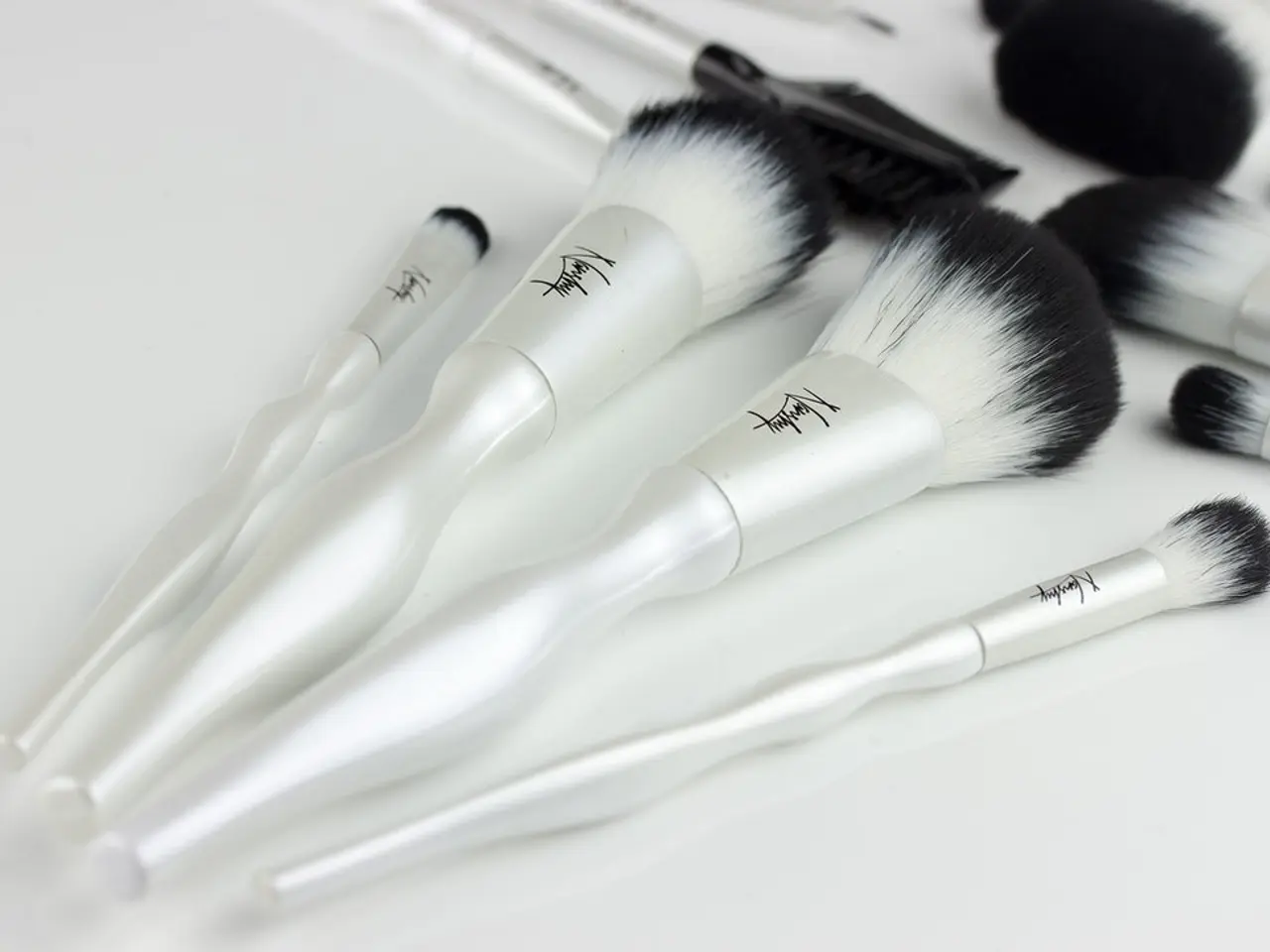The Essentiality of Rhinoplasty Grafts: An Examination
=====================================================================
Rhinoplasty, often referred to as a nose job, is a popular surgical procedure that reshapes the nose for cosmetic and functional improvements. A crucial aspect of this surgery is the use of grafts, small pieces of cartilage or other materials, which play a vital role in both the aesthetic and functional outcomes.
Post-operative swelling and bruising are normal after rhinoplasty, but proper aftercare practices help grafts heal well and settle naturally. The stability provided by grafts ensures that the results of the surgery can last a lifetime with proper care.
Grafts serve both structural and cosmetic purposes, strengthening the nasal framework and sculpting the nose for a more harmonious facial balance. Common types of rhinoplasty grafts include spreader grafts, dorsal onlay grafts, extension grafts, shield grafts, alar batten grafts, and alar rim grafts, each serving specific structural and aesthetic purposes in nose surgery.
Spreader grafts, for instance, are thin, rectangular pieces of cartilage placed between the septum and the upper lateral cartilages to widen the internal nasal valve and improve breathing function. They also restore the internal nasal valve angle, improve midvault symmetry, prevent inverted-V deformities, and support nasal airflow.
Dorsal onlay grafts, on the other hand, are used to augment or restore the nasal dorsum, especially in cases of underprojection or saddle nose deformities. They can consist of solid cartilage or diced cartilage wrapped in fascia for smooth contouring.
Extension grafts, such as septal extension grafts, are attached to the caudal septum to project and stabilize the nasal tip. They are important when medial crura are weak or absent and are used to enhance tip support and projection.
Shield grafts are employed mainly to refine nasal tip shape, projection, and symmetry. Alar and alar rim grafts reinforce the nostril rims and improve shape or prevent collapse. Batten or strut grafts are used to reconstruct or support the lateral crura, either beneath or on top of the cartilage, to strengthen the side walls of the nose.
Grafts can also help straighten a deviated nose and improve nasal airflow. In addition, they can contribute to better symmetry and enhance nasal tip definition. Once healed, grafts become part of the nose's natural structure, offering permanent support.
It's worth noting that grafts used in rhinoplasty surgery do not affect the donor site's appearance or function. Rhinoplasty grafts are typically made from the patient's own body, with common sources being the nasal septum, ear (conchal cartilage), or rib (costal cartilage). Modern techniques for cartilage harvest are minimally invasive, with hidden incisions and concealed scars.
Autografts, which are harvested from the patient's own body, are preferred by surgeons due to their better integration and lower risk of complications. Synthetic implants and allografts are less commonly used due to their higher risk of infection or rejection.
In summary, each graft type addresses specific anatomical challenges in rhinoplasty, contributing to both the cosmetic result and the functional integrity of the nose. Septal extension grafts, for example, attach to the nasal septum and extend outwards to control the tip's length, rotation, and support.
Proper care and surgical techniques are essential to achieve successful results in rhinoplasty surgery. With the right approach, patients can enjoy long-lasting structural support and improved nasal function, leading to enhanced self-confidence and overall quality of life.
- Plastic surgery, specifically rhinoplasty, is a common medical-condition for aesthetic improvements, involving the use of grafts for both structural and cosmetic purposes in reshaping the nose for a more harmonious facial balance.
- Common types of rhinoplasty grafts include spreader grafts, dorsal onlay grafts, extension grafts, shield grafts, alar batten grafts, and alar rim grafts, each serving specific structural and aesthetic purposes in nose surgery.
- For instance, spreader grafts are used to improve breathing function, midvault symmetry, and support nasal airflow, while dorsal onlay grafts are employed to augment or restore the nasal dorsum.
- Health-and-wellness, including proper nutrition and fitness-and-exercise, play a crucial role in aiding the post-operative healing process following a rhinoplasty, ensuring grafts heal well and settle naturally.
- Skin-care practices, especially those focused on reducing swelling and bruising, are also essential post-operative care techniques for successful rhinoplasty results.
- It's important to note that the use of grafts in rhinoplasty surgery does not affect the donor site's appearance or function, and modern techniques for cartilage harvest are minimally invasive, with hidden incisions and concealed scars.




